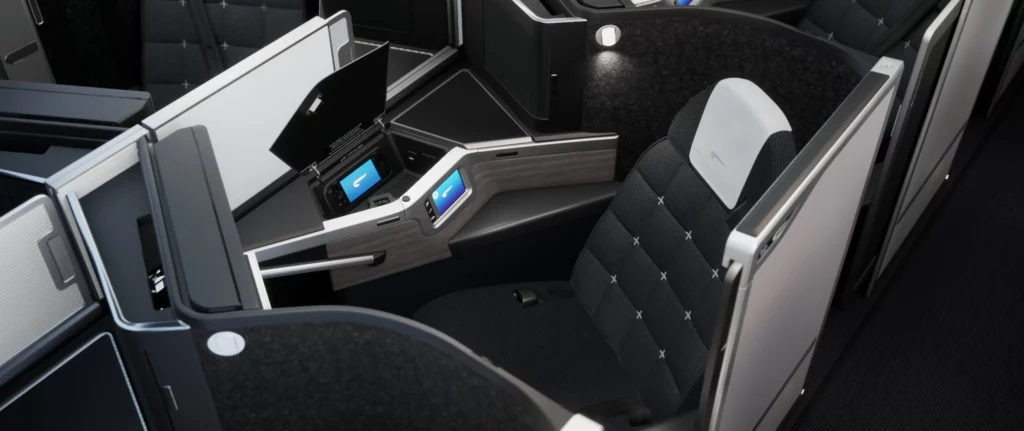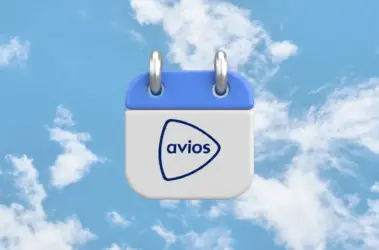How to avoid overnight flights
Flying from the US to Europe usually means an overnight flight, along with crushing jet lag. Flights from the major East Coast cities like New York, Boston and Washington are in the air for seven hours, or even less, which doesn’t give you a lot of time to sleep once you factor in the meal service, and 30 minutes on either side for the time after take-off and landing. There are, however, a small number of flights that circumvent the overnight element.
Why are European flights overnight?
Timezone differences mean that when you fly TO the US, you can land only a couple of hours after you take off, at least when it comes to the time at your departure point and the time at the destination. Flying to the UK or Europe means you lose half a day.
A flight from Boston to London takes around 6.5 hours, plus 4 or 5 hours in timezone differences, depending on the time of year. That’s between 10.5 and 11.5 hours between the time you take off and the time you land.
Flying back overnight should, in theory, help mitigate that half-day loss by giving you time to sleep. You take off, you sleep, you land in the morning, and you have the whole day ahead of you. The reality is that sleeping on planes is hard, even in business class or first class. Most travellers from the US arrive in Europe feeling tired and affected by the time zone differences.
Seating can make a difference when it comes to overnight flights. Having a lie-flat bed in Business or First gives you a fighting chance, and I’ve managed to get some good (not great) sleep in BA’s new Club Suite. On East Coast flights, my maximum sleeping time is still capped at around 5 hours once you take into account takeoff, the meal service and then descent.

Aircraft rotations play into takeoff timings
Airlines also have to get a plane to a destination before they fly back. It’s far better for US-bound passengers to take off after lunchtime and into the evening than in the very early hours of the morning. If you wanted to fly from NYC to the UK at around 9am US time, that would mean the inbound flight would need to land at 7am, and take off from London at around 4am.
Business travellers also play a part in the setting of takeoff timings. Flying from the UK after 6pm means you can get through a full day of work, fly to the US and then still get to your hotel before bedtime.
Why is a daytime flight better?
A lot of people say that it helps combat jet lag, as you’re able to land in Europe, have a few hours awake and then go straight to bed to reset your body clock. You’ve not quite had a full day awake, but you’ve been subject to the stresses of airport travel, which should mean that you’re as tired when you land as you would normally be in the evening.
Daytime flights also take off pretty early (see more on the flight times below), which means you have to get up earlier to get to the airport, extending your time awake, which should lead to you being able to sleep after you land.
The disadvantage of a daytime flight is that you lose an entire day in the air. For business travellers, this can be a pain, although with the introduction of wifi on planes, that means you can still work.
What constitutes a daytime flight?
For the purposes of this article, a daytime flight is one that takes off from the US and lands in Europe on the same day. There are some outlier US flights that have abnormal take-off times, but they don’t land on the same day.
For example, United operate a lunchtime flight from San Francisco to London that takes off at 12:55pm, which is three hours earlier than any other Europe-bound flight, but it lands at 8am the next day.
There’s also a 1pm flight from Los Angeles that bucks the trend of evening flights from that city, but it doesn’t land in the UK until 8am the next day.
To take off from the West Coast and land in Europe on the same day would mean the flight would have to take off around 5 am, and you’d have to be at the airport by 2 am.
Which US cities have daytime European flights?
Daytime flights are a bit of a rarity, and the number of flights has sadly reduced. That means the list of city pairs that have daytime flights from the US to Europe is small:
- New York to London (United Kingdom)
- Boston to London (United Kingdom)
- Boston to Keflavik (Iceland)
- And a bonus Canadian flight: Halifax to London
Which airlines fly from the US to Europe with daytime flights?
These are the airlines that operate daytime flights from the US to Europe
- British Airways (New York to London, Boston to London)
- Virgin Atlantic (New York to London)
- United (New York to London)
- American Airlines (New York to London)
- JetBlue (New York to London),
- Icelandair (Boston to Keflavik)
Which flights from the US are daytime flights?
Here’s a long list of all the daytime flights from the US, including flight times and numbers. The exact times may change for different days of the week. I’ve included the bonus Canadian flight at the end.
| Airline | Flight # | From and To | Take-off time | Landing time |
|---|---|---|---|---|
| American Airlines | AA142 | NYC (JFK) to London (LHR) | 9:45am | 9:40pm |
| British Airways | BA178 | NYC (JFK) to London (LHR) | 7:50am | 7:45pm |
| British Airways | BA238 | Boston to London (LHR) | 7:25am | 6:55pm |
| JetBlue | B61107 | NYC (JFK) to London (LHR) | 8:31am | 8:45pm |
| IcelandAir | F1634 | Boston to Reykjavik | 12:35pm | 9:45pm |
| United | UA934 | NYC (EWR) to London (LHR) | 8:20am | 8:40pm |
| Virgin Atlantic | VS26 | NYC (JFK) to London (LHR) | 8:10am | 8:00pm |
| Air Canada | AC868 | Halifax to London (LHR) | 11:00am | 9:00pm |
The Oddities
Researching this has thrown up some interesting flights from the US to Europe. They don’t really count as daytime flights, but they may fit the bill if you want to do something a little different.
Norse Atlantic flies from New York JFK to Athens, taking off at the ungodly hour of 1:15am and landing in Greece at 5:20pm. If you follow the rules, you’d need to be at the airport for 10:15pm.
Both North Atlantic and Air France have flights from JFK to Paris just after midnight. Norse takes off at 12:15am, landing in Paris at 1:10pm, whilst Air France takes off at 1am and lands at 2:15pm.
Norse Atlantic, who seem to have cornered the “midnight take off” market, also fly from JFK to Rome, taking off at 12:30am and landing in Italy at 2:30pm.
El Al has two uniquely timed flights to Israel. Geographically, it’s not in Europe, but if you throw the rules aside and instead consider Europe to be any country that takes part in the Eurovision Song Contest, then you could fly out at 2:15am and land at 7:35am in Tel Aviv, or take off at 10:30am and land at 3:50am.
If you want the worst of both worlds, you could take off at 10:35am in Miami, fly Turkish Airlines and then land in Istanbul at 5am.




